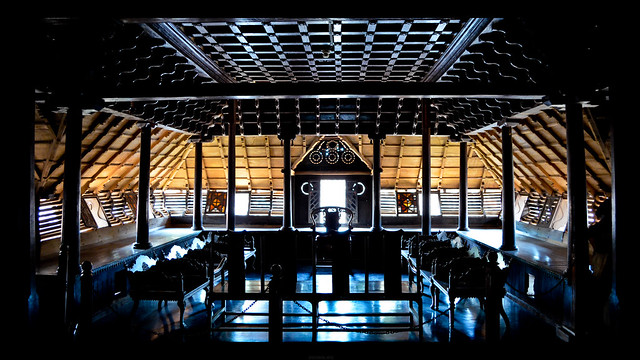Riding
bike in the Western Ghats has been on my bucket list for long. Now that I have
learnt riding a geared motorcycle it was beyond thrilling sensation when I rode
our Duke in the Western Ghats.
On a fine
Friday evening, with mild drizzle in Bangalore, we set out towards Hassan - our
first stop - en route Kalasa. Patches of rain kept the road and our mind fresh.
Following morning, heavy rain accompanied us all the way to Kalasa. It was
after a very long time we experienced the saying "it's raining cats and
dogs". Our riding gear kept us warm and thanks to Decathlon rain gear we
were dry.
Roads in
Chickmagalur district are in their best condition ever. The age old, potholed,
broken roads gave way to fully
tarred smooth tarmac. The lush green scenery can be enjoyed instead of
gluing your eyes on the road. With the heavy rains there are streams at every
corner and fallen trees are very common.
Our route
was Bangalore-Nelamangala-Channarayapatna-Hassan-Belur(Left
turn)-Jannapura-Mudigere-Kottigehara(Right)-Balur(Left)-Kelagur-Hirebyle-Kalasa.
340km in total.
On day 2, we were riding through Kudremukha NP,
to erstwhile KIOCL township in
torrential rains. A detour from Samse will take you towards Elaneeru
Waterfalls.
And Day 3,
Kalasa-Balehole-Magundi route. There is a diversion on this route to
Agumbe/Sringeri - which is still a potholed road. From Magundi, the road leads
to Balur - alternate route to reach Kottigehara from Kalasa. There is also a shorter route Haluvalli- Horanadu road
to reach Horanadu Temple.
Instead of coming back through the same route to Hassan, we turned right at Jannapura towards
Sakleshpura. This road is fantastic - both the tarmac and lush green
scenery. After Sakleshpura, the roads
are in pretty bad condition until Hassan. Road widening work is in progress from Hassan to Sakleshpura.
So, our
return route was
Kalasa-Kelagur-Balur-Kottigehara-Jannapura-Sakleshpura-Hassan-Bangalore. 350km
-7hrs of leisure riding.
Due to
heavy construction at Shiradi ghats on Bangalore-Mangalore national highway,
there is a detour through Belur- Mudigere-Kottigehara-Charmadi.
So, there was heavy traffic on this route until Kottigehara.
Quick
facts:
Location:
Kalasa is 340km from Bangalore and Kudremukha is 20km from Kalasa. Horanadu, Sringeri, Agumbe can be reached
from here.
When to
visit: October to March is the best time. During monsoon, life becomes
different at Kalasa. If you love rains, that is the best time.
Where to
stay: Thottadur Yatri Nivas (at Kalasa) is for the budget traveller. Central, clean and
basic. Rs 750 for dbl. Tel: 08263274699
What to
carry: Some winter wear and trekking gear. A torch and umbrella will be handy.
Always be ready with change of clothes. Waterfalls are tempting.
Food: There are a few places for food on Belur-Kottigehara route. Malnad
Café dishes up authentic Malnad food with pipping hot coffee. At Kalasa,
you will find basic meals at the restaurant next to Yatri Nivas.
Precautions:
Salt, tobacco, Odomos etc for preventing leeches. Turmeric powder or turmeric
oil to stop bleeding and itching if you are bitten by a leech.
Cash/ATM:
Please carry liquid cash on this route, there was no power at Kalasa for 4days.
Expect ATMs not to work and petrol pumps might need cash payment.















